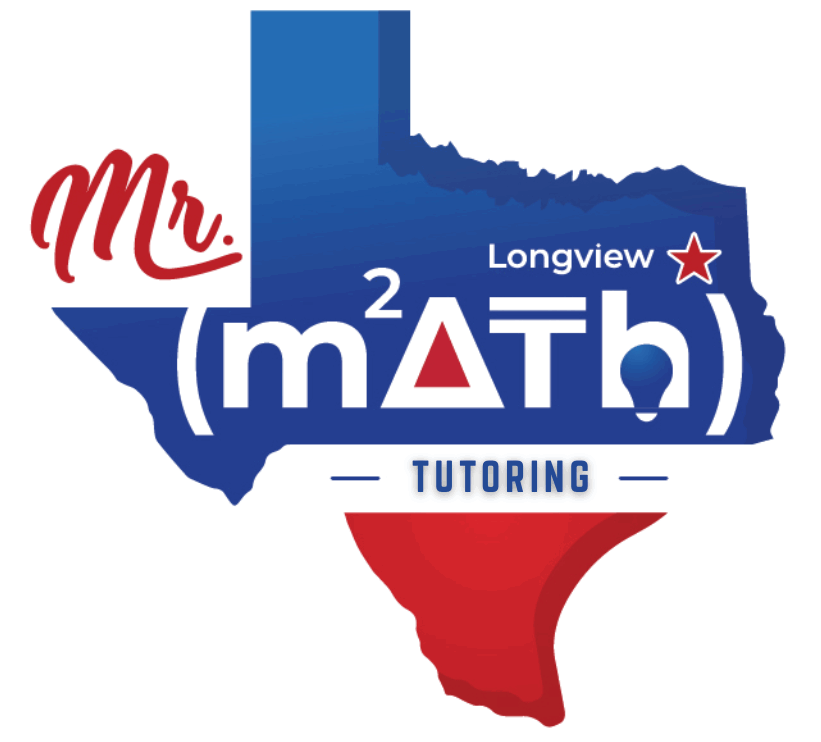Currently Empty: $0.00
About Course
This course is a complete and focused exploration of quadratic equations, a cornerstone of Algebra I and II. Students will learn how to solve quadratics using factoring, completing the square, the quadratic formula, and graphing. They will interpret parabolic graphs, use the discriminant to predict solution types, and apply quadratic models to real-world word problems. With clear instruction, structured lessons, and scaffolded practice, students will gain confidence, fluency, and a deeper understanding of one of algebra’s most essential topics.
Ideal for learners preparing for standardized exams, reinforcing classroom instruction, or building a stronger algebra foundation, this course brings clarity, application, and strategy together in one powerful learning experience.
Course Content
1. Understanding Quadratic Equations
-
1.1 What is a Quadratic Equation?
-
1.2 Lesson: Identifying Coefficients and Understanding the Role of a, b, and c
-
1.3 Converting Between Standard, Vertex, and Factored Forms




